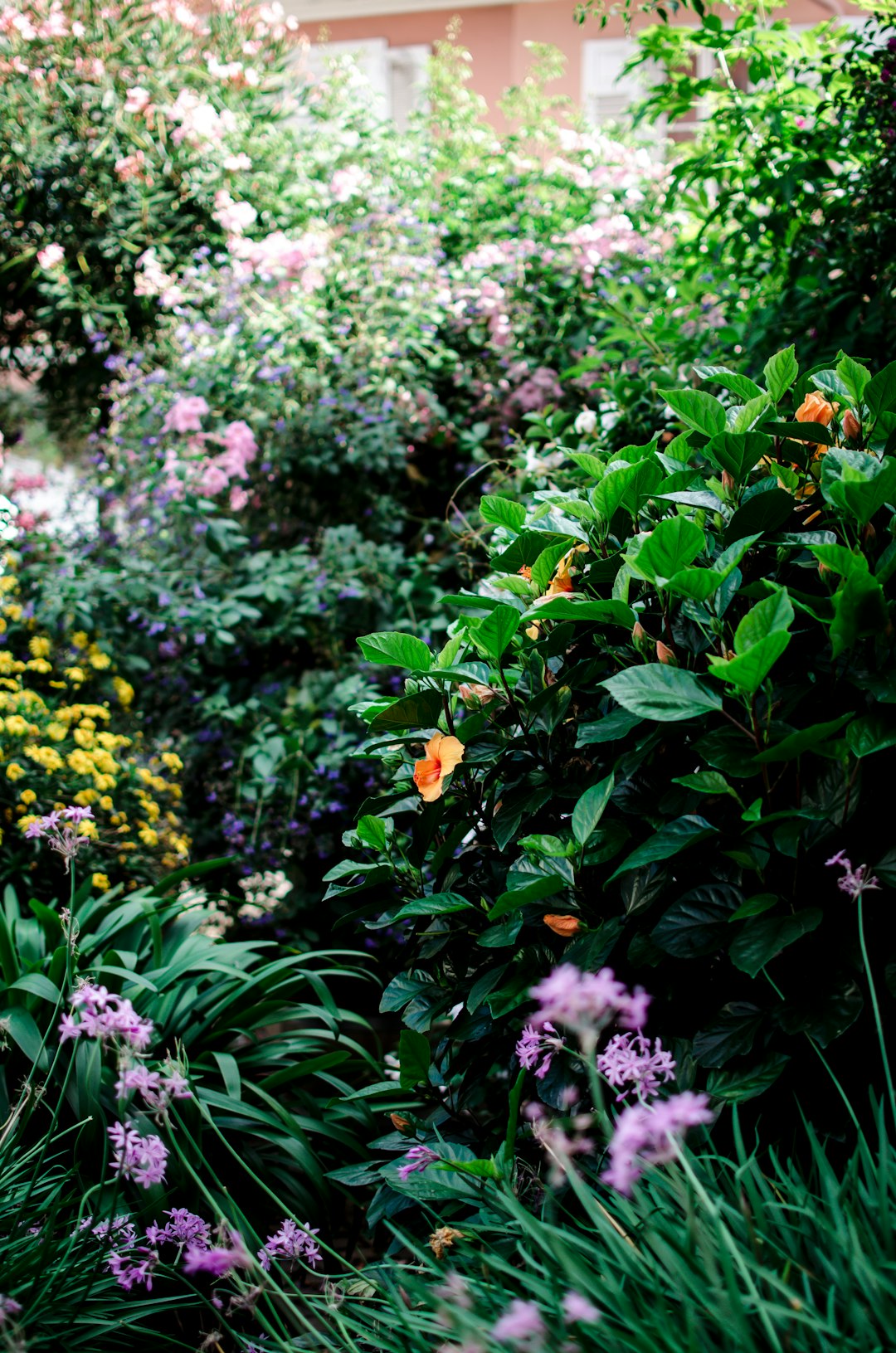The ABCs of Effective Weed Control: Strategies for a Weed-Free Garden
Having a beautiful and flourishing garden is a dream for many gardening enthusiasts. However, one of the biggest challenges faced by gardeners is dealing with weeds. Weeds not only compete with your plants for water, nutrients, and sunlight but can also be unsightly and difficult to control. In this blog post, we will explore some effective strategies to help you maintain a weed-free garden.
A – Awareness is Key:
The first step in effective weed control is being aware of the types of weeds that commonly invade your garden. By identifying the weeds, you can determine the best methods for eradication. Understanding when and where these weeds are most likely to grow will help you take proactive measures in preventing their invasion.
B – Be Proactive:
Prevention is always better than cure, and it holds true for weed control as well. One of the most proactive steps you can take is to ensure that your garden soil is healthy and fertile. A nutrient-rich soil will promote strong plant growth, making it difficult for weeds to establish themselves.
Additionally, using organic mulch or weed barrier fabric can act as a physical barrier, preventing weed seeds from reaching the soil and germinating. Regularly inspecting your garden for any signs of weeds and removing them promptly will also help prevent their spread.
C – Cultural Control:
Cultural control methods focus on manipulating the growing conditions to discourage weed growth. Practices such as proper spacing between plants, regular watering, and adequate fertilization will help establish a dense and healthy plant canopy, limiting weed growth.
Another effective cultural control method is crop rotation. By rotating your crops, you disrupt the weed’s life cycle, making it difficult for them to establish themselves consistently in your garden.
D – Digging and Pulling:
Sometimes, manual control is necessary for controlling persistent weeds. Regularly inspect your garden and manually pull out any visible weeds from their roots. Be thorough in removing the entire weed, including the root system, to prevent any regrowth. This method is best for isolated weeds or those with shallow root systems.
E – Exposing with Solarization:
Solarization is a technique that uses the sun’s heat to kill weed seeds, pathogens, and pests. It involves covering a weed-infested area with a clear plastic sheet for several weeks during the hottest period of the year. The heat generated under the plastic sheet effectively kills weed seeds and reduces weed populations.
F – Focus on Proper Watering:
Weeds thrive in moist conditions, so it’s essential to water your plants properly to reduce weed growth. Deep and infrequent watering is preferred over frequent and shallow watering. Deep watering encourages your plants to develop deep root systems, while shallow watering encourages weed growth near the soil surface.
G – Gardening Tools for Weed Control:
Using the right gardening tools can make a significant difference in effectively controlling weeds. Tools like hoes, hand cultivators, and weed pullers are excellent for removing weeds from the root. Make sure your tools are sharp and in good condition to make the task easier.
H – Herbicides as a Last Resort:
While manual and cultural control methods work well for most gardeners, herbicides can be used as a last resort for stubborn and widespread weed infestations. It’s crucial to choose the right herbicide for your specific weed problem and follow the instructions carefully to prevent damage to desirable plants. Always use herbicides sparingly and as a last option.
By applying these strategies, you can significantly reduce weed growth in your garden and create a beautiful and weed-free space. Remember that consistency is key, and regular maintenance is essential in preventing weed infestations. With the right knowledge and effort, you can enjoy a flourishing garden that is free from the bothersome presence of weeds.
